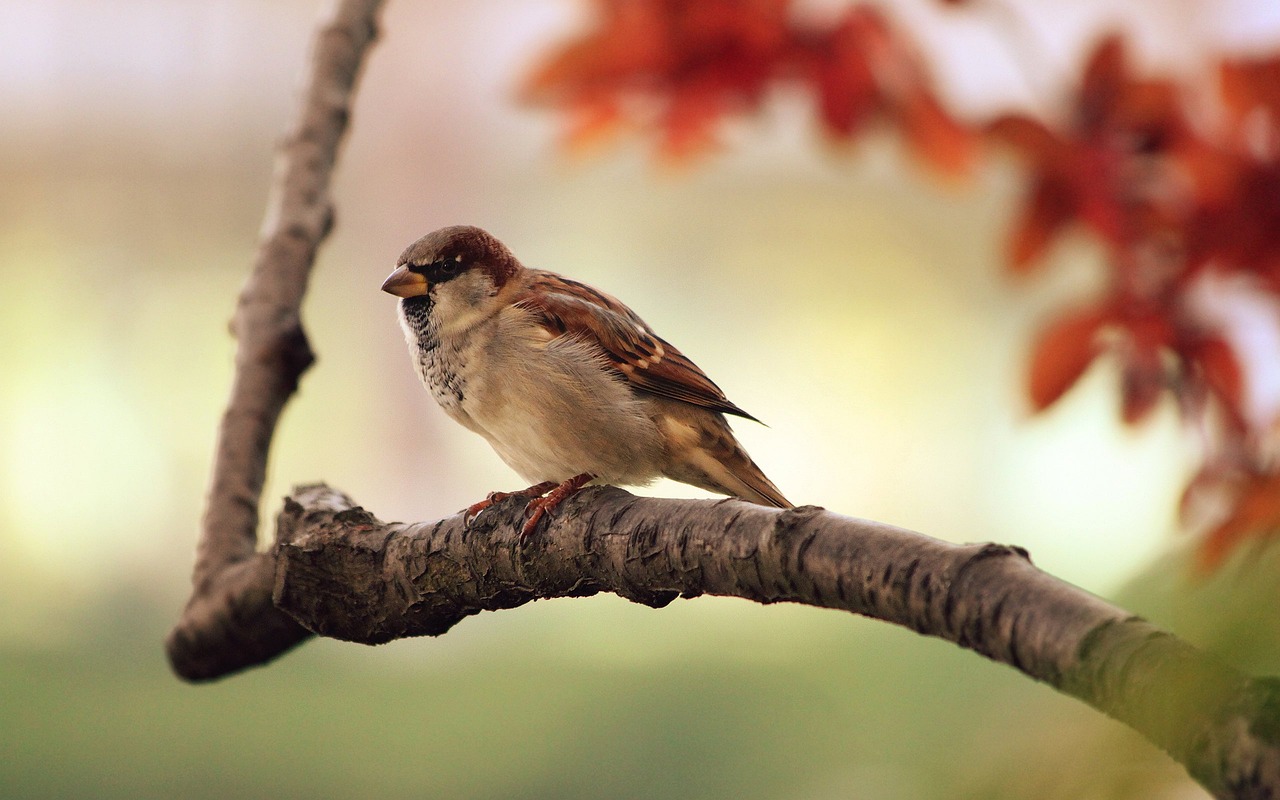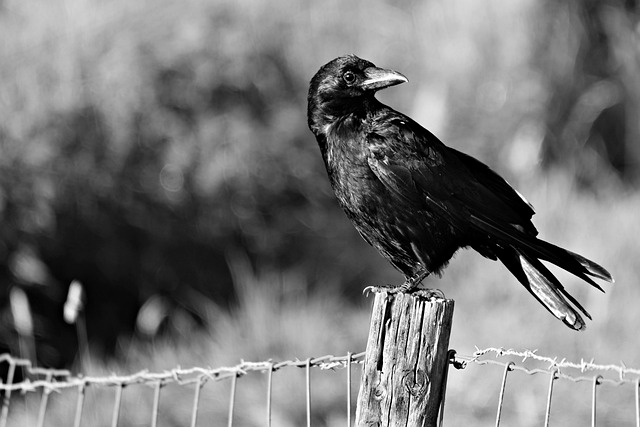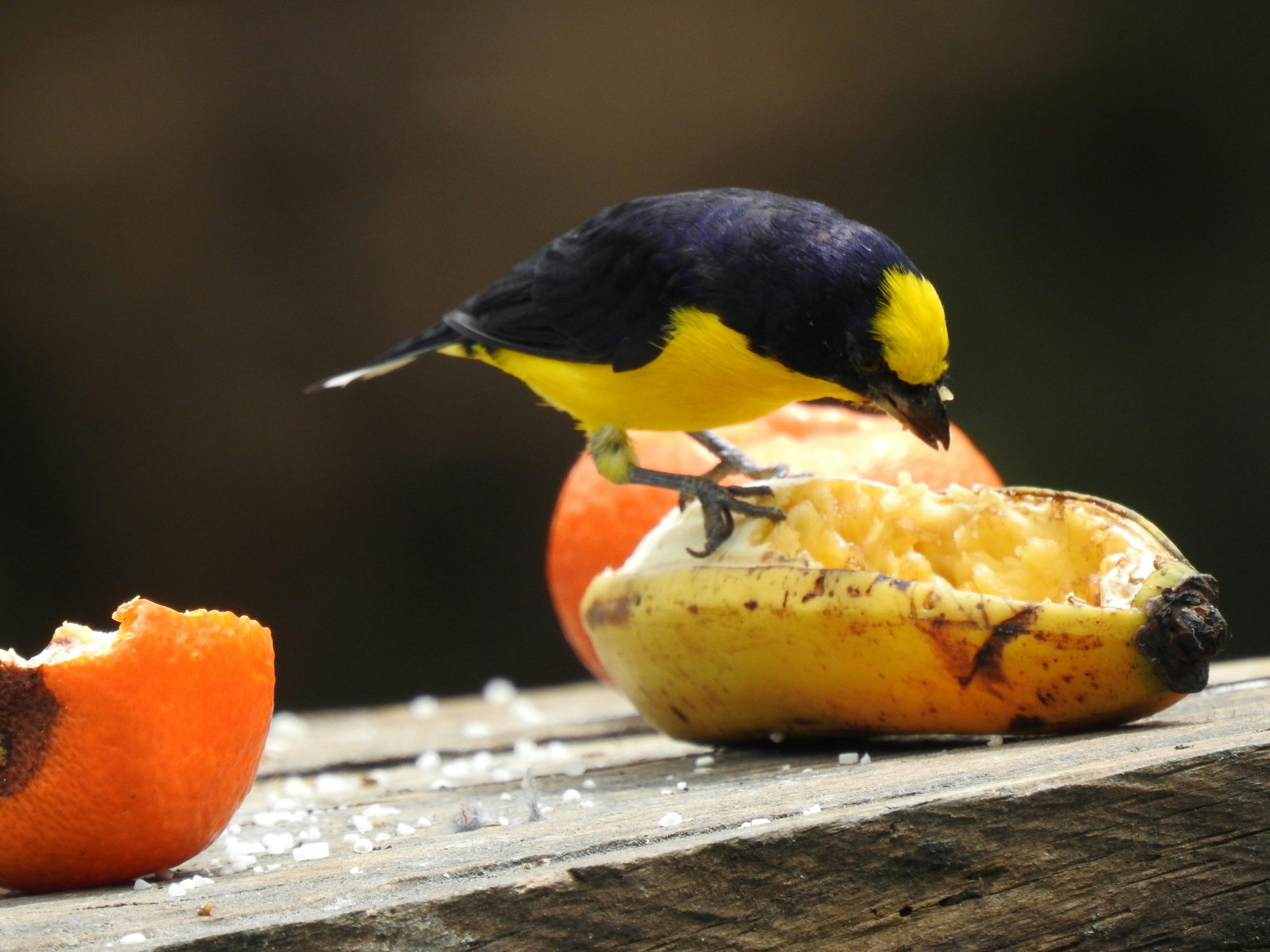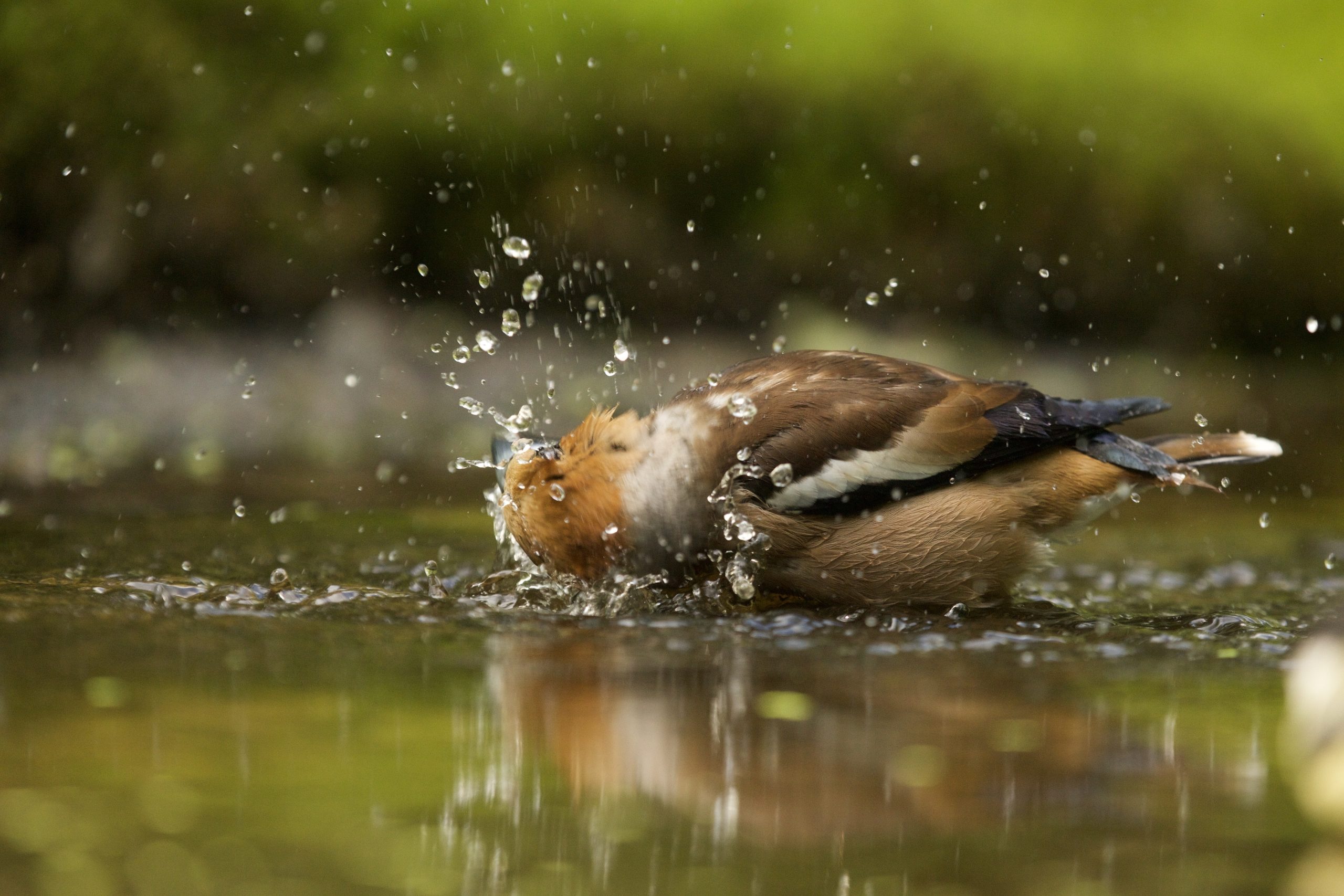Sparrows are common backyard birds found all over the world. But how long do these small feathered friends actually live? A sparrow’s lifespan depends on several key factors. The lifespan of Sparrows varies based on species, environmental threats, and food availability. By understanding what impacts longevity and average age, you can better support the sparrows frequenting your own neighborhood.
Typical Sparrow Lifespan Ranges
Sparrows are members of the passerine family of small, perching songbirds. Of the many species in this broad group, most backyard sparrows have an average life expectancy of between one to six years. Larger species tend to exceed the upper end of that range.
| Sparrow Species | Average Lifespan |
|---|---|
| House sparrow | 2-3 years |
| Chipping sparrow | 2.5 years |
| Field sparrow | 1.5 years |
| Fox sparrow | 2 years |
| White-throated sparrow | 2 years |
| Song sparrow | 3 years |
To put their short life cycles into perspective, the maximum reported lifespan of a wild horse or chipping sparrow is just 13 years according to banding records. However, less than 10% survive beyond age 5.
Impacts of Habitat, Diet, and Predation
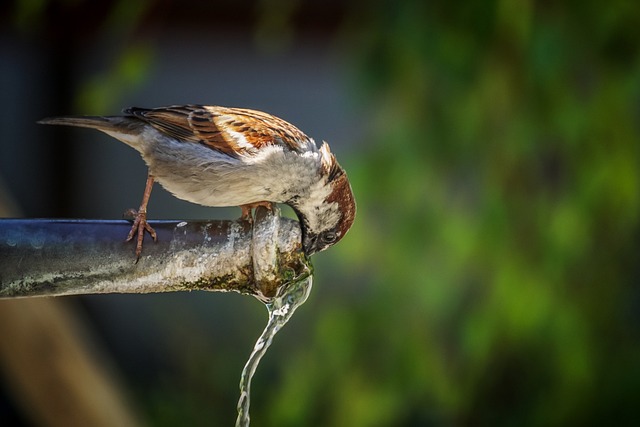
A sparrow’s living situation strongly correlates to its longevity. Those relying solely on natural food and water sources face far greater threats than supplementation-aided urban flocks.
Access to Feeders & Bird Baths Help Health
Well-fed birds centered around neighborhoods and maintained gardens live upwards of 30% longer compared to their native countryside counterparts. Stable seed sources let sparrows allocate more energy to vital processes beyond basic survival needs.
Providing fresh water for bathing and hydration also bolsters a sparrow’s health. Install bird baths at ground level with shallow, gently sloping sides for these small perchers. Move waterers indoors or use de-icers during freezing weather.
Predators Shorten Vulnerable Nestlings
Beyond daily nutrition, shelter from the elements and natural predators goes a long way. While some loss is unavoidable, protecting nest sites helps minimize risky exposure during mating and rearing offspring.
Monitor bushes, dense hedges, and platform birdhouses preferred by sparrows for signs of distress. Trim away overgrown branches for clearer sight lines, allowing parents to spot potential threats. Guard against prowling cats, snakes, and raccoons trying to raid eggs and chicks.
Intervening at key times by deterring predators and controling destructive invasive species contributes to greater reproductive success and population stability from one season to the next.
Why Some Individuals Outlive Others
Beyond environmental factors, underlying genetics cause some sparrows to simply outpace their counterparts. DNA dictates everything from immunity strength to developmental milestones like feathering. Animals lacking adaptive advantages tend to die off well before old age sets in.
Sturdier constitutions let select sparrows thrive well into old age. Spotting bands on the same individual year after year provides hints at their inner fortitude shining through as they successfully breed, molt, and dodge dangers that prematurely doom other sparrows. Each extra season of survival speaks to certain strong individuals within a local flock.
Signs of Aging in Sparrows
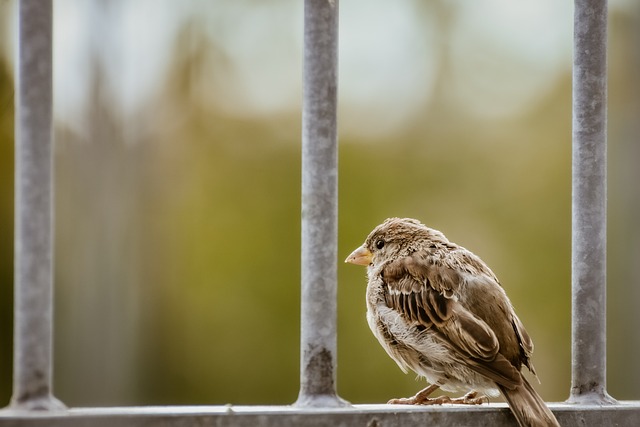
Determining a wild sparrow’s actual age is nearly impossible without banding records from the day of hatching. However, certain behaviors and plumage changes provide clues when birds enter their senior years, such as:
- Delayed or partial molting patterns
- Limping, limited mobility, or disfigured toes/feet
- Extreme lethargy, preferring to rest instead of actively forage most of the day
- Loss of vocal abilities – no longer singing and communicating audibly
- Disheveled, dull, or ragged feathers missing their waterproof protective oils
What Are the Oldest Singer On Wings?
The oldest known wild song sparrow reached over 13 years of age according to banding data published in peer-reviewed journals. However, such extreme life spans come quite rarely.
Genetics & Luck Help Elite Survive Harsher Worlds
To reach such ripe old ages requires winning the lottery in both biological fitness and evading constant environmental dangers decade after decade – no easy feat for a creature weighing barely one ounce at maturity!
Yet against all odds, a select population manages to make their daily margins of safety add up year after year until they stand as living testaments to a small songbird’s amazing resilience.
Support Your Local Songsters – Every Bit Helps!
Improving lifespan outlook starts with the basics: nutrition, shelter, and community safety.
While some threats remain unavoidable in the natural world, focus protective efforts during critical phases. Guard nest sites, keep fledglings safe, and share supplemental provisions that offset seasonal resource scarcity.
Over time, even small acts to improve habitat viability and reduce disruptive dangers incrementally boost adult health, mating success, and longevity across generations. When communities come together to create unified safe havens, vibrant cultures of cavity-nesting singers thrive thanks to second chances gifted by allies lending some stability against fate’s cruelty.
Conclusion: Lifespan of Sparrows
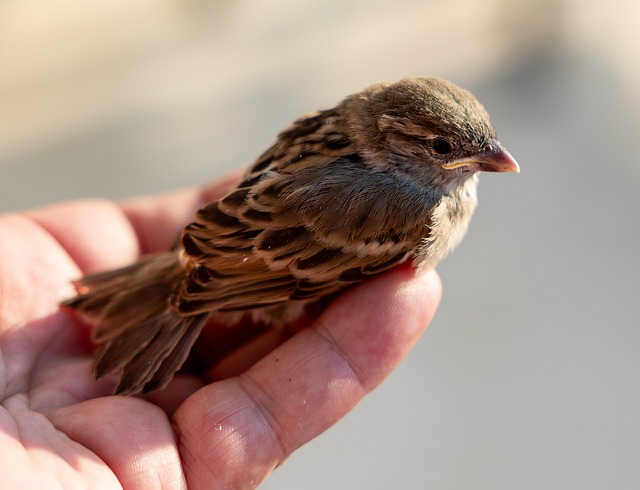
Most sparrows survive just one to three years on average under normal wild conditions. Yet those welcomed into our cultivated spaces rich in seeds, cover, and clean water can exceed five years, especially larger species like song or chipping sparrows. With extra fortune, banded records confirm select super seniors hitting the decade mark through genetics and grit before finally fading away. By supporting these fading songbirds in their winter years, our brief intertwining lives leave lasting echoes of kindness.
FAQ
How long do baby sparrows live after leaving the nest?
Young sparrows have high mortality rates immediately after fledging. However, those surviving the first month eventually average similar 2-3 year lifespans as adults that successfully migrated and overwintered.
What causes most deaths in wild sparrow populations?
Starvation, severe weather, disease, and predation cull populations yearly. Sparrows frequently die during migrations or winter months when food becomes scarce. Nestlings also suffer heavy losses to predators.
Which predators target sparrows the most?
Domestic cats kill billions of wild birds annually, especially fledglings. Other culprits include snakes, squirrels, raccoons, raptors, and invasive bird species competing for limited resources.

